
Prefabricated Active Modules for Façades and Roofs or Key Enabling Technologies for Active Building Skins
This white paper provides an in-depth analysis of active module systems for building envelopes, focusing on their development, challenges, and potential targets for future implementation. The paper examines the current landscape of active modules, reviews best practice projects from 2018 to 2023, and identifies gaps and barriers within the industry. By adopting a comprehensive methodology, this study aims to redefine the concept of active modules and propose strategies for their advancement in the construction sector.

A comprehensive guide for sustainable urban design
Sustainable Urban Design Handbook published.

Aiming for pleasant smellscapes: methods for assessing perceived air quality in office environments
New research examines methods for assessing Perceived Air Quality (PAQ) in offices, highlighting the predominance of questionnaire-based evaluations and proposing a perceptual approach to improve indoor air standards.
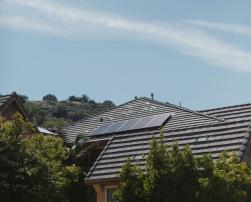
Advancing beyond net zero: evaluating plus energy buildings
A new study explores Plus Energy Buildings (PEBs) as a step beyond net zero energy buildings (nZEB), highlighting their benefits and the need for comprehensive evaluation across energy, environmental, and economic criteria.

Integrating circular economy in Albania's construction sector: challenges and opportunities
Circular economy principles are slowly emerging in Albania's construction sector amidst challenges related to stakeholder cooperation and economic influences.
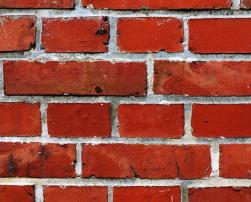
Green bricks could slash construction carbon footprint
Traditional bricks used in construction release high levels of greenhouse gases. A new study suggests using eco-friendly bricks made from recycled materials like fly ash and waste wood.
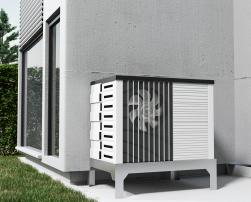
Quantifying energy savings: integrating air-geothermal heat exchanger with air heat pump in a single-family home
The work provides a detailed evaluation of an air heat pump unit installed in a single-family home, focusing on its actual performance. It quantitatively assesses how much energy consumption is reduced by incorporating an air-geothermal heat exchanger.
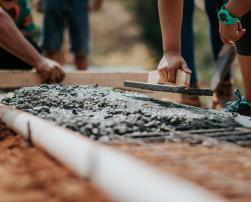
A collection of research for a sustainable development of concrete production
An editorial that appeared in Applied Science brings together interesting research in the field of sustainable development of concrete production and its alternatives, an area hampered by inertia due to well-established, albeit hardly sustainable, practices.

The CEACE method to advance sustainability in residential buildings
The CEACE method determines ecological, carbon and water footprints, integrating economic, social and waste generation assessments of residential buildings.
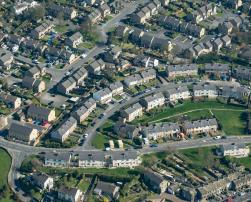
Tools for tackling energy demand and emissions
A study offers insights into tools assessing heating and cooling energy demand in European buildings.